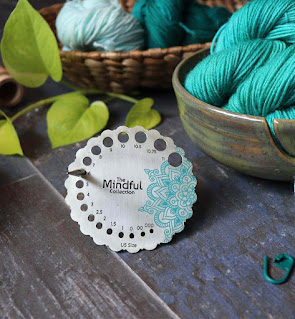Knitting is fun for all ages. The creative hobby is instant gratification. All you need is knitting needles, yarn, a mentor and later patterns for projects. Online sources are also good mentors. Given the many health benefits of knitting, more and more people are taking up knitting. Besides, learning to knit more knitters are looking forward to teaching their children to knit. Knitting for children is fun and an activity that will bring joy to their lives in the longer run.
The tips and tricks to
teach children to knit are not universal. They can be similar but the
instructions need to be customized according to the age of the child and interests. To help you teach knitting to
the young ones, here are a few things to keep
in mind.
Start
with the right knitting needles – When you want to
teach your children to knit you may want to teach them with the knitting
needles you own, but do consider if it’s right for them? You can introduce
knitting to children with single-pointed needles or even circulars but see that
they hold it properly. Bamboo as a material is very beginner friendly. It is
lightweight, affordable, smooth yet grabby to not drop stitches. Many knitting
teachers recommend keeping children away from sharp needle tips to prevent
accidents. This point is valid only for the very young ones. Once you see the
child balance things you can get them circular knitting needles. Leave the
double-pointed needles for round knitting after they have had enough practice.
Start
with the right yarn – After the knitting needles
though must be given to the yarn. You can get them started with some
worsted-weight yarn. Bulky yarn can give them stress, especially to their
tender wrists and hands. Fine lace threads are a no, till they have some
practice and successful projects under their belts. Go stash busting and let
them have the leftovers to make their own creation. Many times vibrant colors
get them into knitting. Do not go for yarn that they feel allergic to. Lanolin
can cause allergies in some kids.
Start
with a small project – Many children do not enjoy
doing the same thing again and again. So, to make knitting fun, start with a
small project. Then can make a dishcloth or a scarf with all knit stitches.
They will enjoy the different steps to cast on stitches, knitting a pattern,
binding off and more. The completed project will give them the push to do more.
And, with time they would love knitting.
Let
them rip it too – In knitting, especially beginners
will have knitting mistakes on hand. Many children love to rip things and
allowing them to frog or rip the stitches is perfectly ok.
Give them time – The most
important thing to keep in mind is to give time. Dedicate half an hour to the
craft every day. If the time is too tedious, set them up to the task to knit
five rows. Children might want to skip a few days, which too is fine. Knitting
stays in muscle memory and skipping few days will not damage all the progress
they made.
To conclude let’s take advice from
Elizabeth Zimmerman’s famous quote “When they hand it to you to fix, do a
couple of rows. While you don’t want to do it for them, you can certainly help
them along!”
With this in mind introduce yarn crafts to
children.


